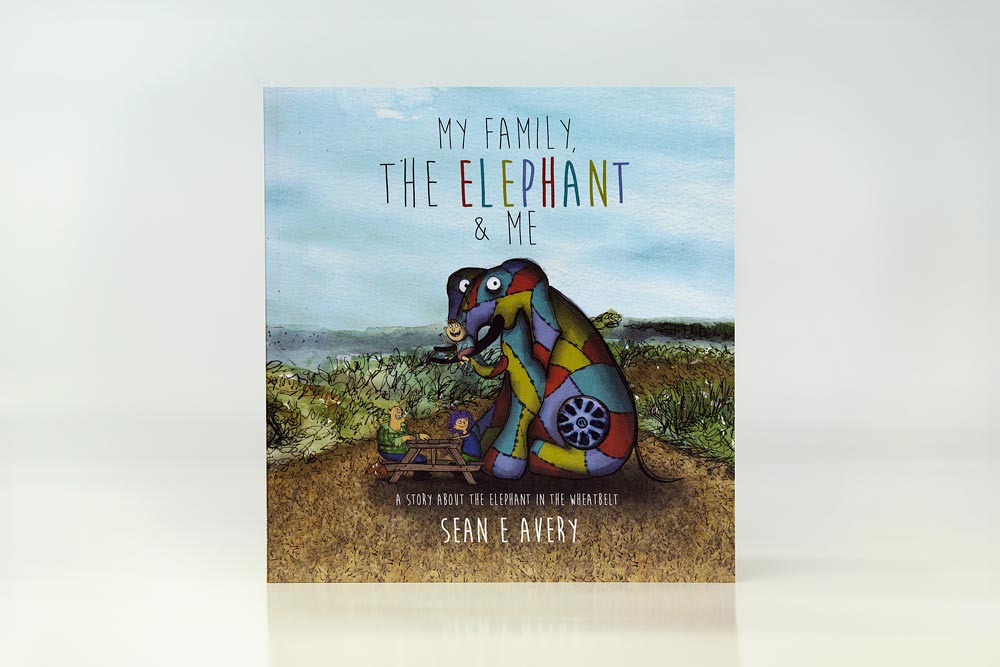One hundred and fifteen years ago, a small group of West Australians formed a club which they called the Automobile Club of WA. Back then, motor cars were considered a hobby, and many West Australians found the new transport method loud and obnoxious. The club was formed to support its members by lobbying for their rights and providing advice to motor car owners. In 2020, an exhibition was displayed in RAC's head office. This showcased 15 items which reflect the ways RAC has changed and grown over the past 115 years, and highlights the ways it has always given back to its members and the WA community.
Automobile Club of WA car badge
Badges of this era were double sided. On the front, the badge reads “Automobile Club of W.A. Incorp.” and on the reverse, “Royal Automobile Club Associate”. When travelling to Europe with their cars, a member could flip the badge to receive reciprocal benefits from the RAC in Britain.
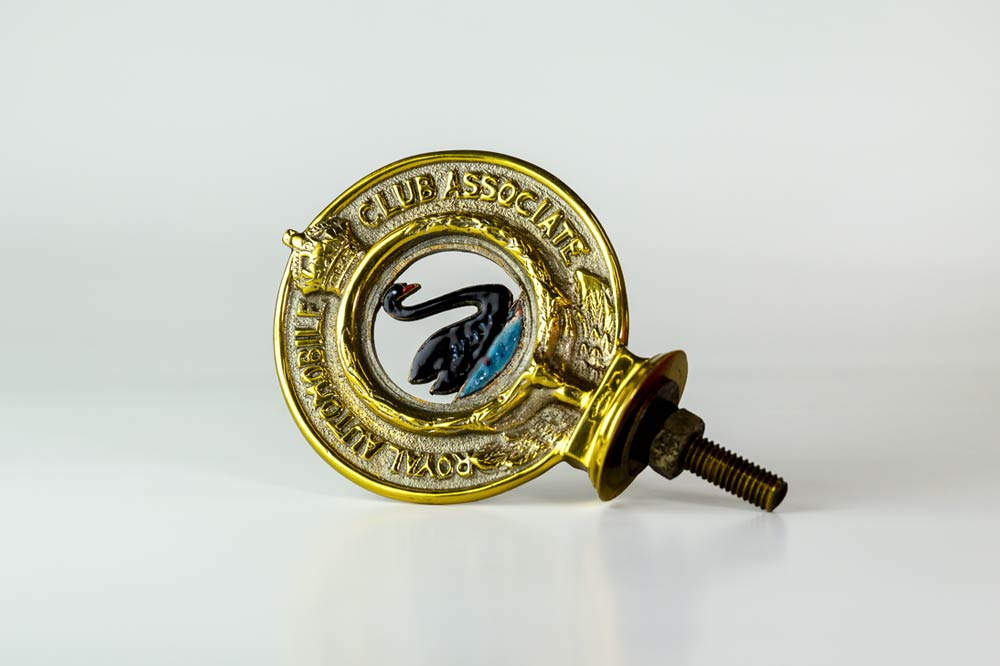
Ravensthorpe directional sign
Black aluminium letters on lead painted jarrah. A dedicated van was used to carry the painted jarrah planks and individual letters, which would be assembled on the side of the road as required.
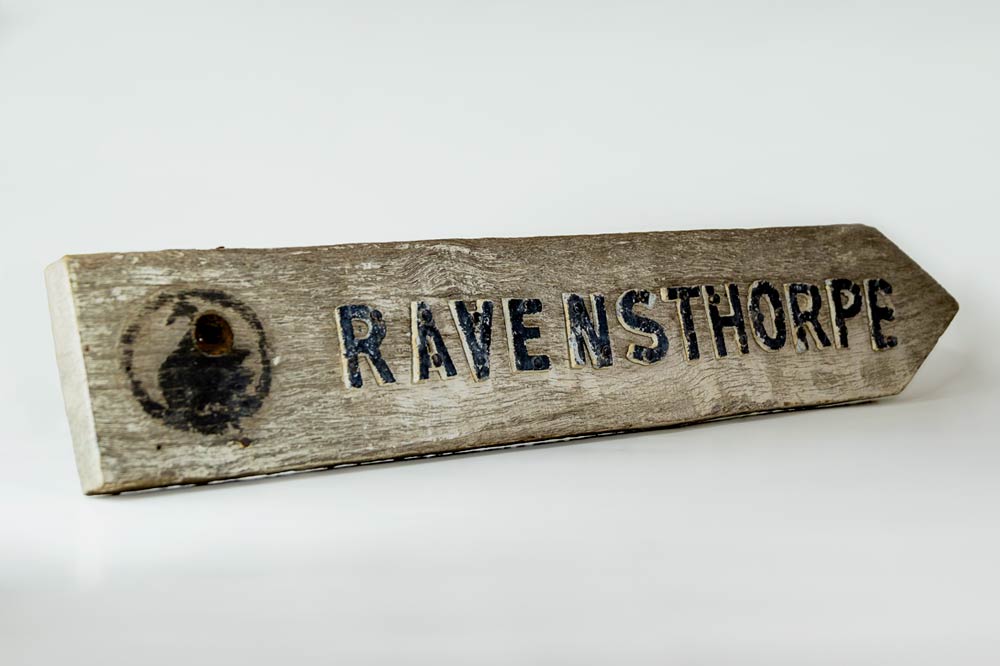
Road map of the South West portion of Western Australia
This map was the first to feature an accurate scale and maps the south west of the State from Geraldton to Albany. It was compiled by one of RAC’s committeemen, who was not paid for his work.
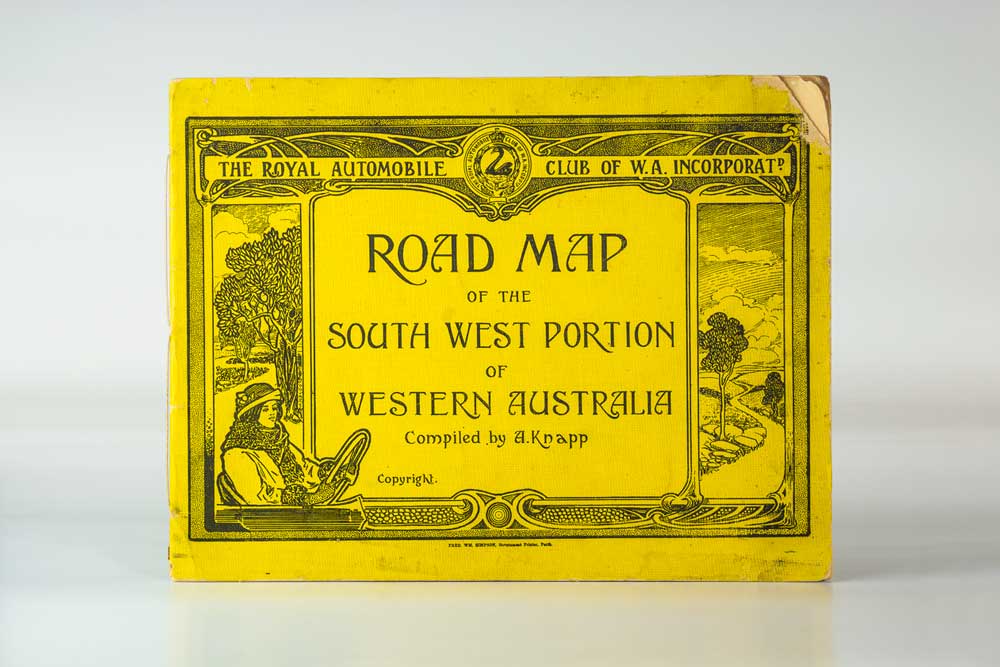
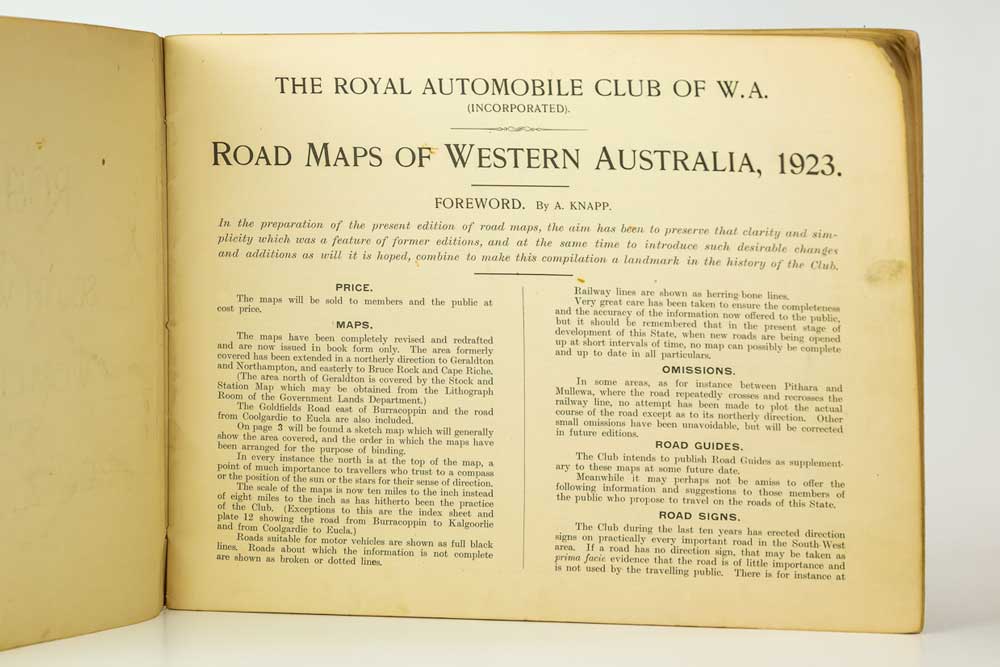
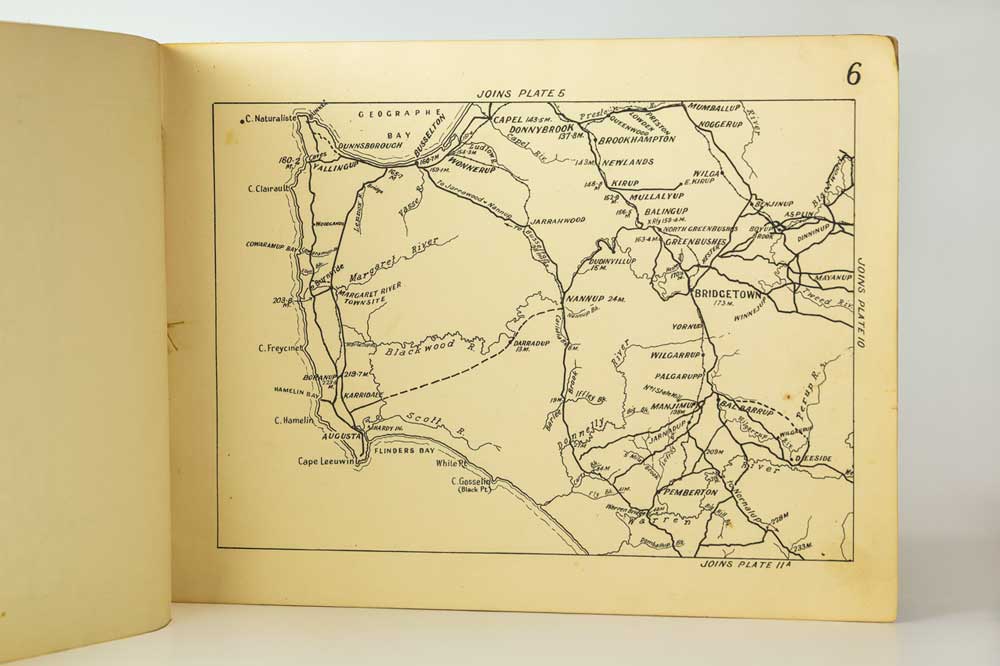
Schools ahead warning sign
RAC erected these signs to warn motorists to slow down on the approach to schools. When a school requested the signs, the Club would also provide teachers with an educational document about children being safe around roads.
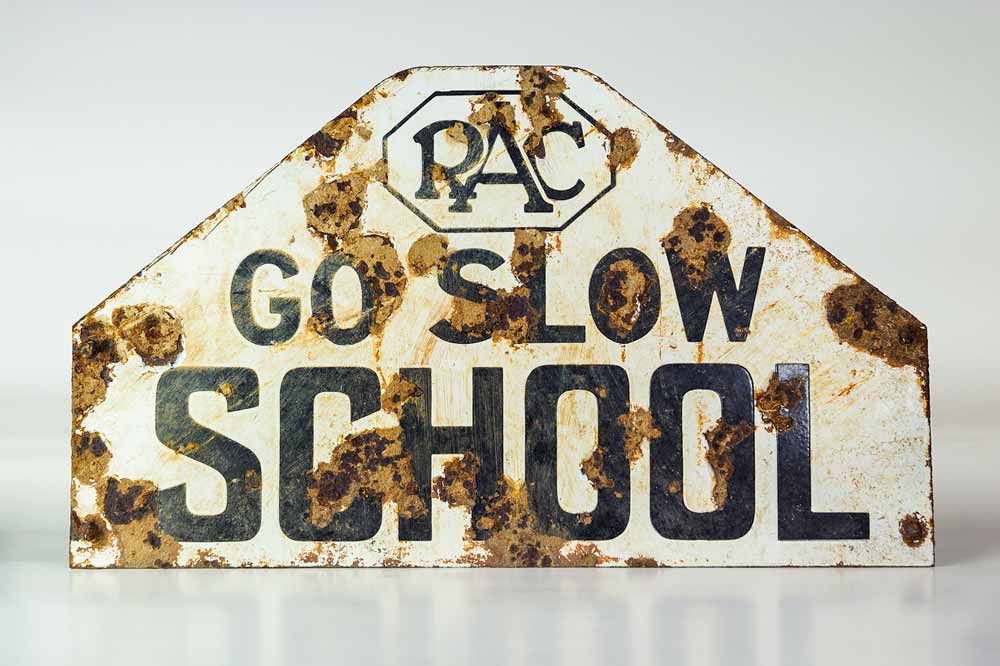
Motor drivers licence
This licence belonged to a Mr Henry Smith and has several years’ worth of licence renewals stuck underneath the 1936 page. Licences of this era had to be renewed every year and did not feature a photo or any other identifying feature.
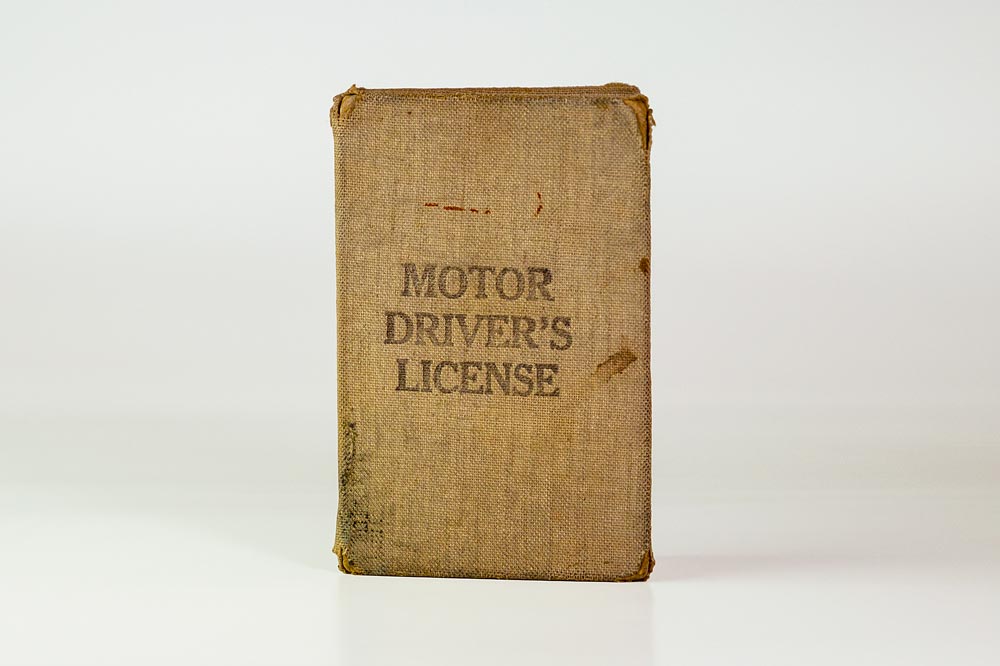
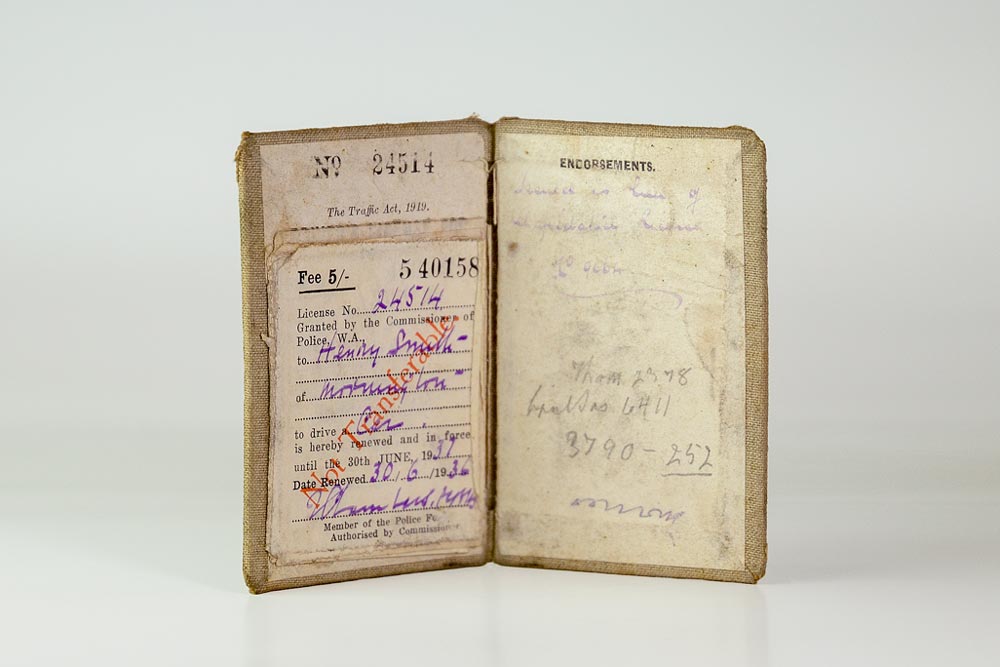
BSA motorcycle with sidecar
These motorcycles were a common sight on WA roads in the 1930s and 1940s, with patrolmen carrying everything they needed in the attached, custom made sidecar.
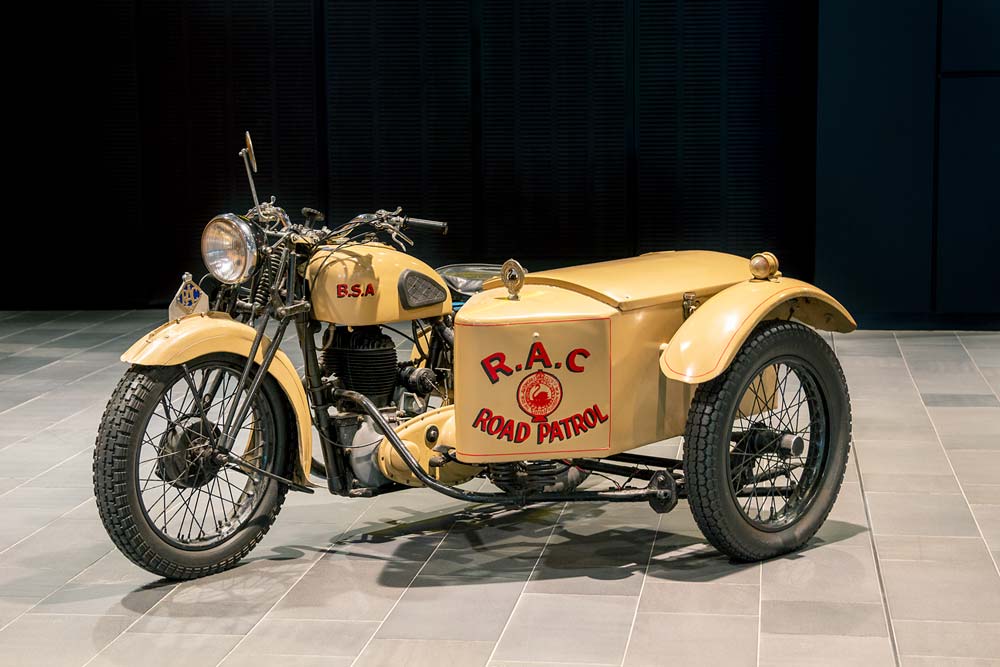
Road Patrol newspaper
The Road Patrol was distributed to all members from 1930. Early content included information about road rules, Club activities and guides on how to repair and maintain your vehicle. As the years went on, the publication began to include car reviews and travel routes for recommended holidays.
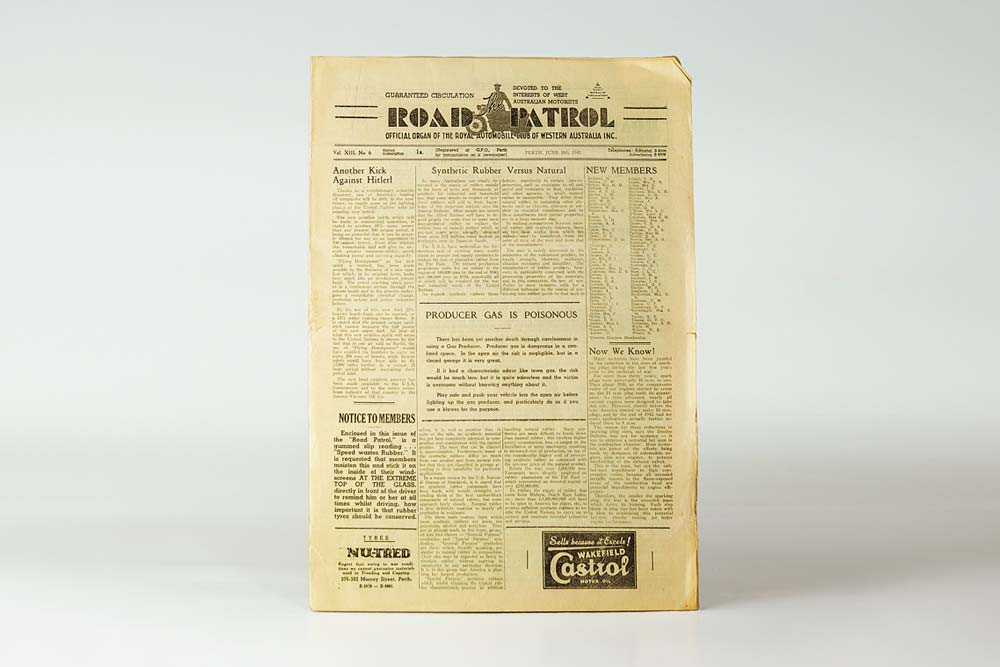
Information for road users pamphlet
These pamphlets were produced by RAC to simplify the road rules and give tips on how to drive safely in all road conditions. Rules of this era included a requirement to sound your horn as you approach an intersection.
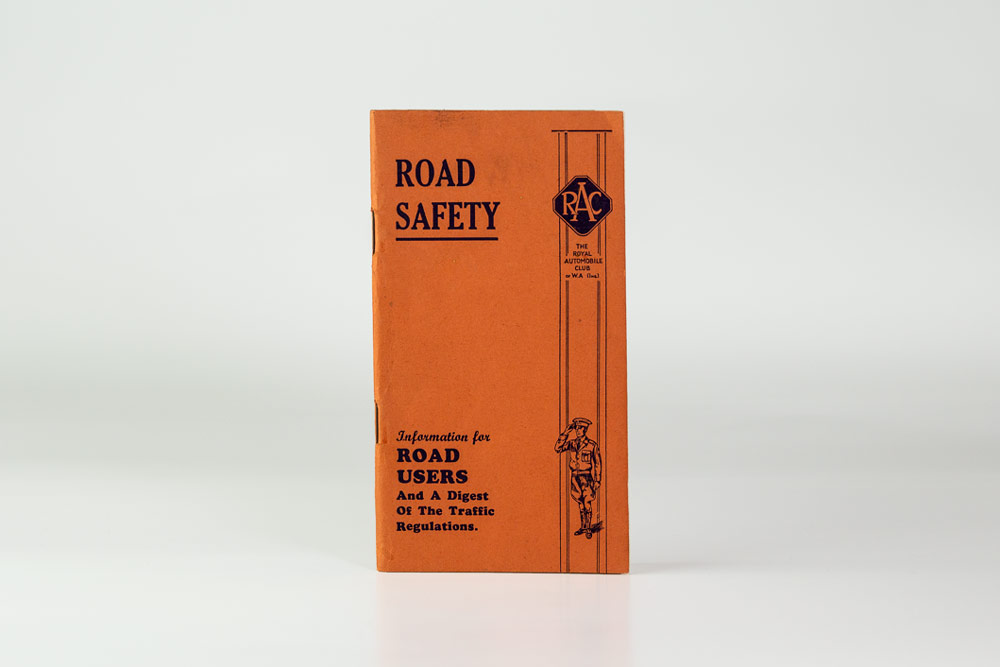
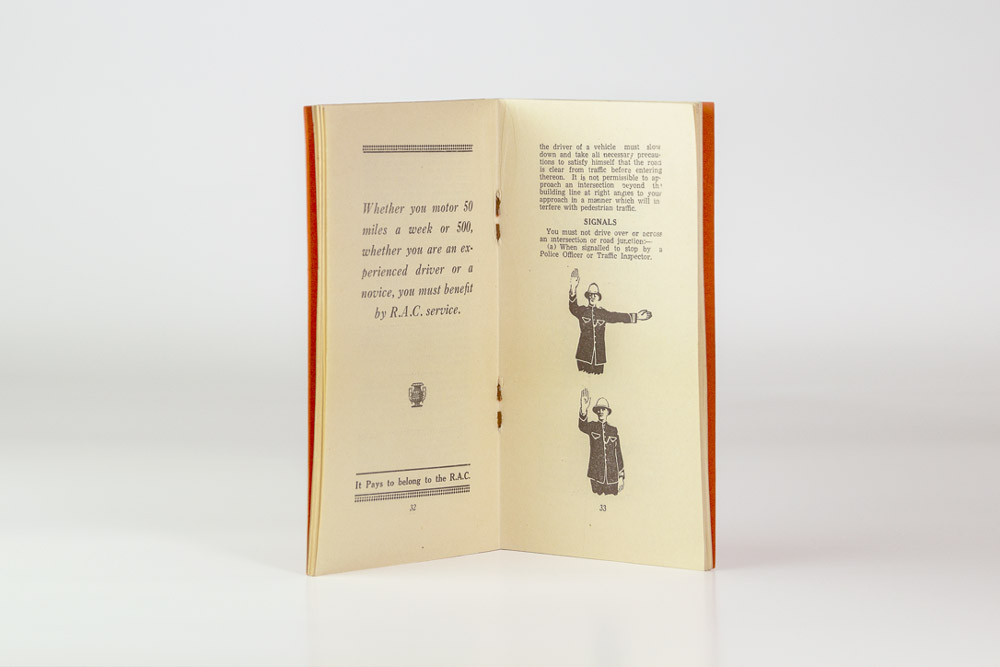
RAC Operating Theatre plaque
RAC opened this state-of-the-art operating theatre in May 1942. In 1979 the plaque was rediscovered by Hollywood Hospital staff and gifted back to RAC for safe keeping.
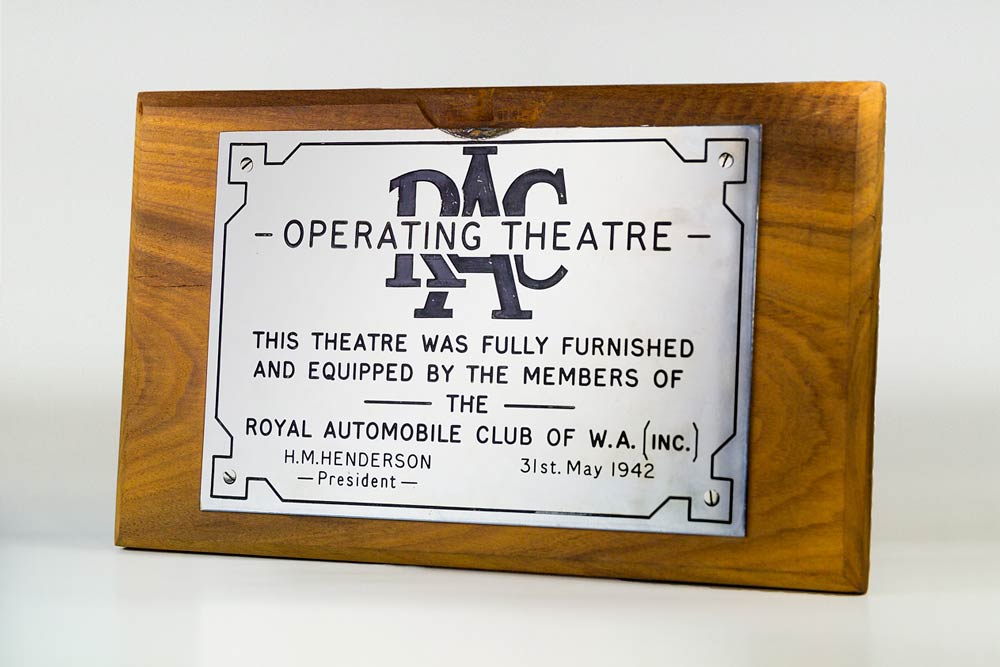
RAC’s first insurance claim
RAC’s first insurance claim was logged six days after the service became available. It contains all the details of the crash, including a hand drawn diagram of the incident.
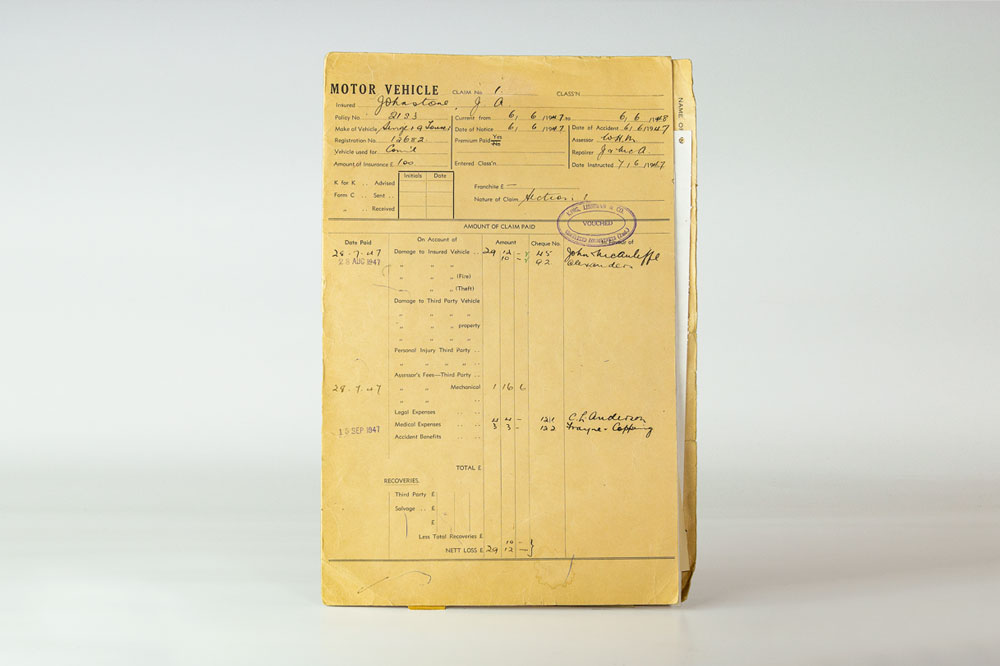
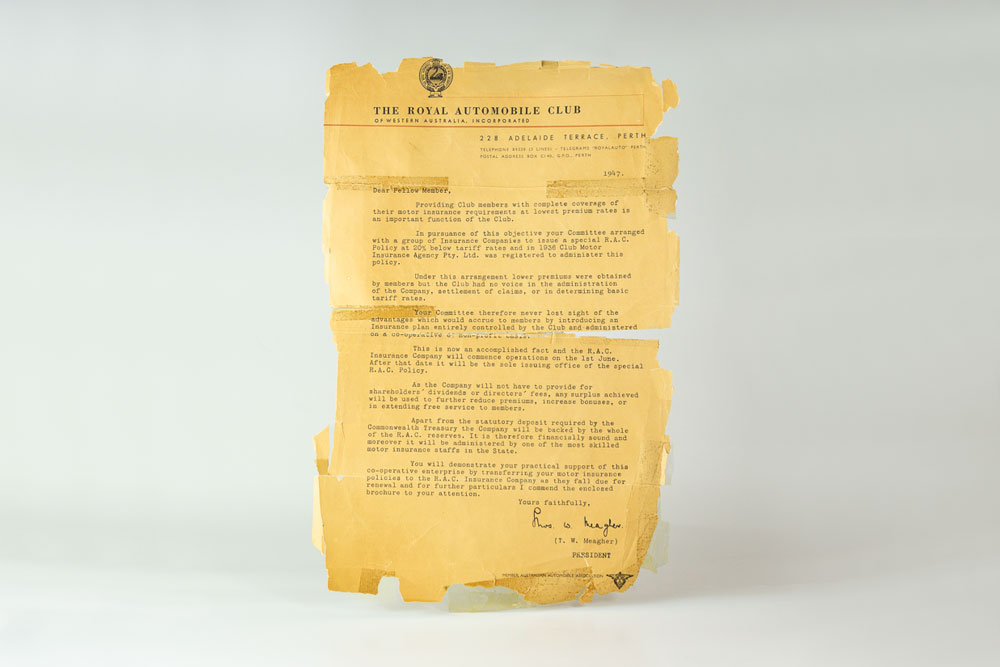
New member pack
This member pack includes a letter from the president of the club, a leaflet outlining the benefits members could receive, a membership card, and a form to apply for RAC insurance.
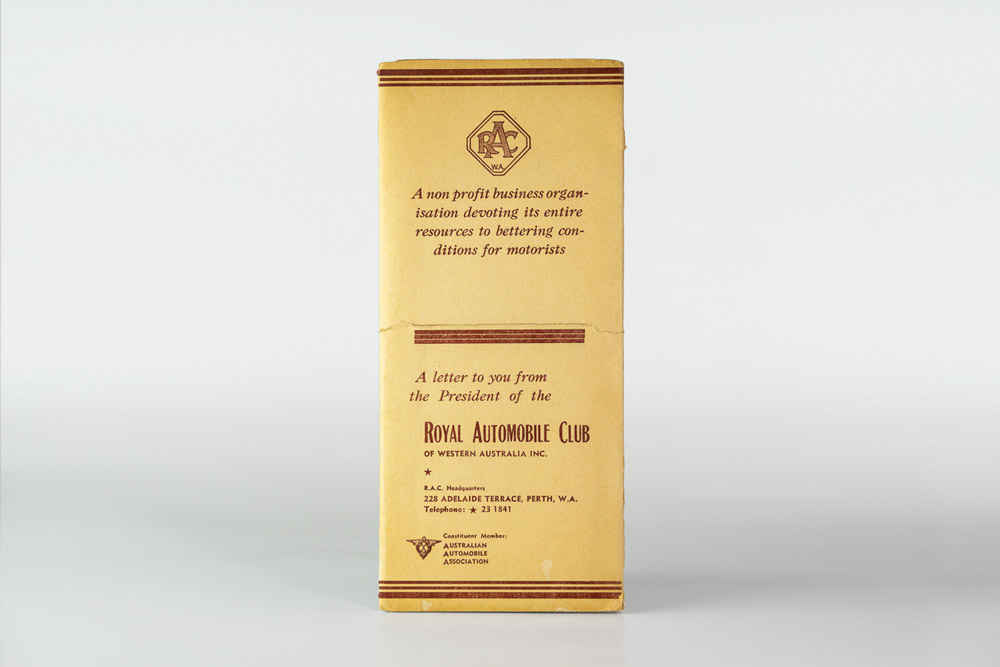
Souvenir Eyre Highway guide
This guide was produced by the Australian Automobile Association and includes tips about how to drive across the then unsealed Eyre highway, as well as timetables and parking information for the British Empire and Commonwealth Games in Perth.
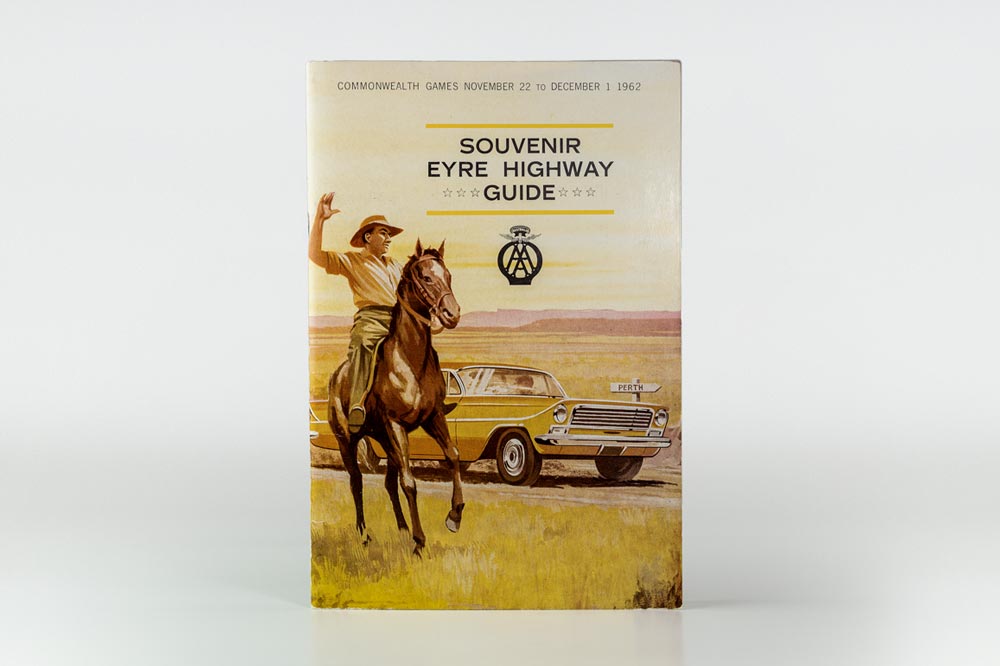
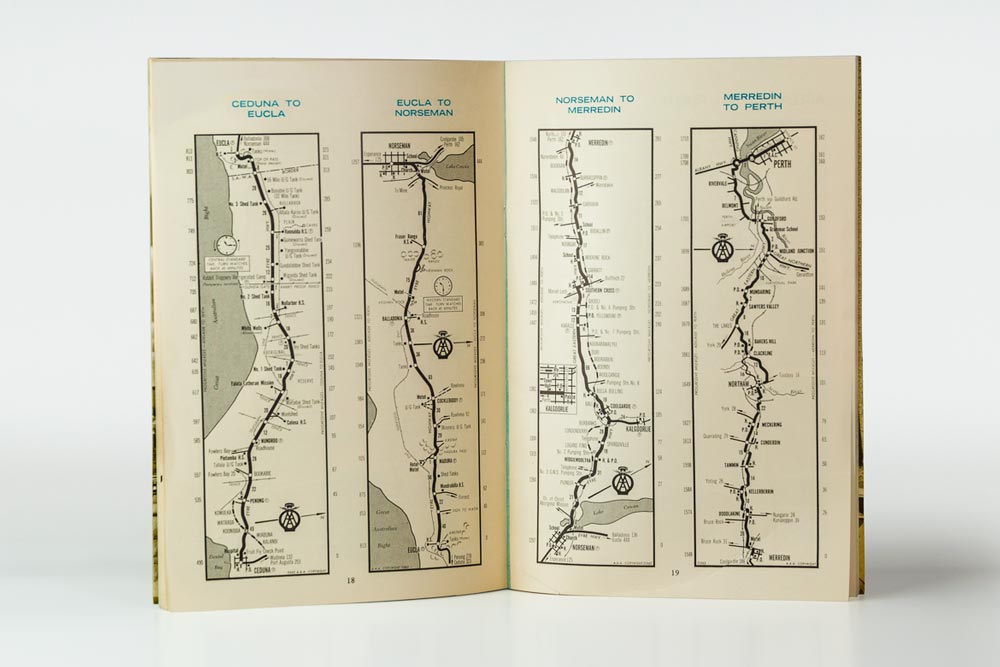
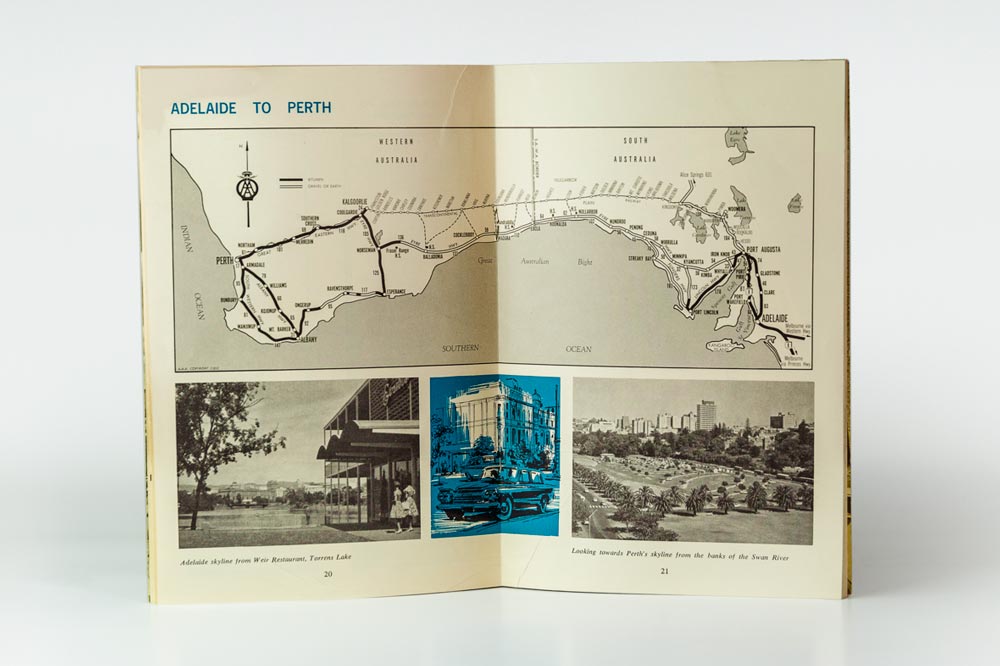
Accommodation, caravanning and camping directory
The RAC published these accommodation guides for decades to advise members on how to travel within WA and the rest of Australia. It included maps, lists of caravan parks and accommodation providers.
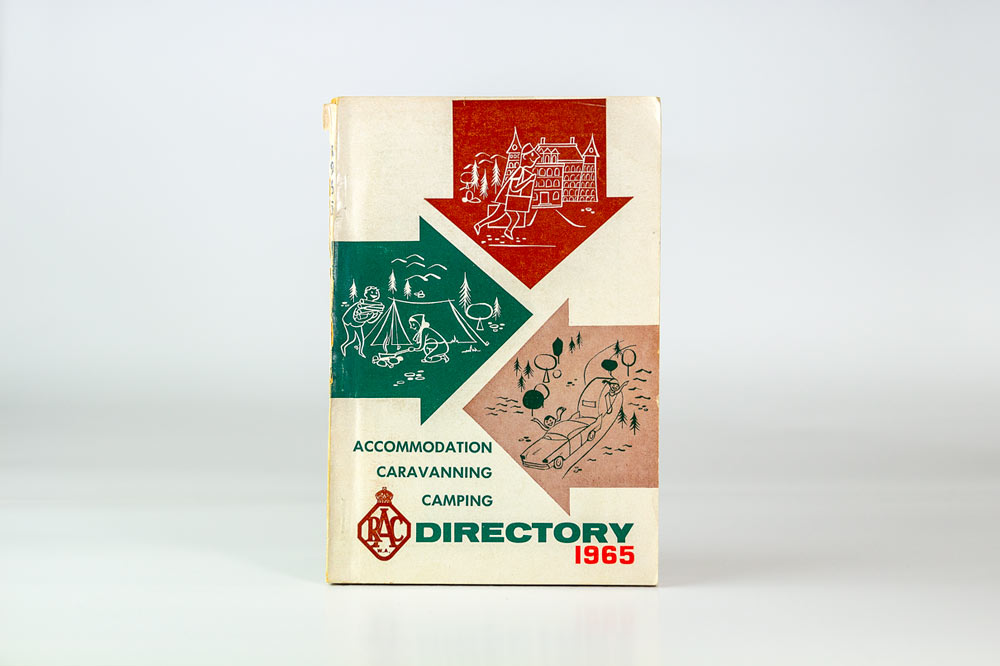
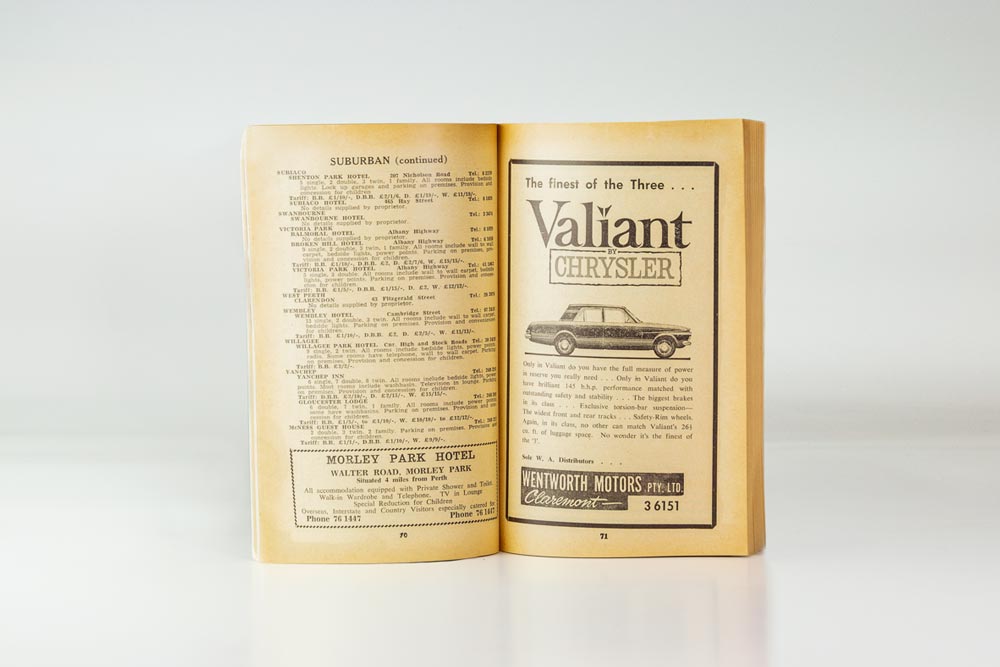
RAC Rescue helicopter
This video shows the RAC Rescue Helicopter winching an unwell patient from a bulk carrier off the coast of Augusta.
2003Children’s story book
This book was released by RAC as part of the Elephant in the Wheatbelt campaign, a regional road safety initiative aimed at raising awareness of the Wheatbelt’s poor road safety record. Written and illustrated by Sean Avery, the children’s storybook follows a Wheatbelt family on a road trip and has a central message at its heart; ‘we travel safe or not at all’.
